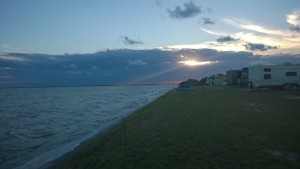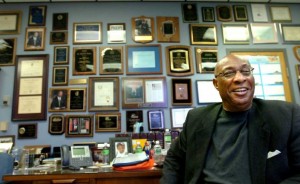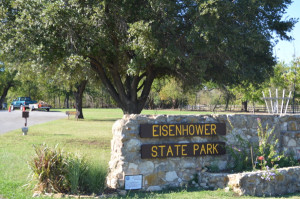COLORADO CITY, Texas — It hasn’t been the Trip of a Lifetime.
My wife and I have experienced a couple of those already in our 44 years together.
We did, however, answer a key question: Are we able to spend more than, say, a long weekend on the road in our fifth wheel travel vehicle?
Our answer? Yes … absolutely.
It’s our final night on the road. We’ll get up in the morning, unplug the water and the electricity and head to Lubbock for lunch with two of our best friends in the world. Then it’s home to Amarillo.
We’ve had a wonderful time catching up with some old friends along the way. We saw family members … including our precious granddaughter Emma.
We have nearly completed the big circle that covered roughly have of our huge state. We’ve taken in a good portion of Texas’s amazingly diverse landscape: from the Caprock, to rolling hills and the lakes, the Piney Woods, the Gulf Coast, the Hill Country — and tonight we camped out at Lake Colorado City State Park, which feature the cactus and scrub brush common in West Texas.
Our pets — our dog and cat — proved to us that they’re both excellent travelers. We took a gamble with our 13-year-old kitty, Mittens; she didn’t let us down. Toby the puppy? You know about him. He’s the coolest customer … ever!
Our latest journey is about to end. My wife and I are convinced more than ever that, yes, by golly — we can do this when the time comes to quit working for a living.









